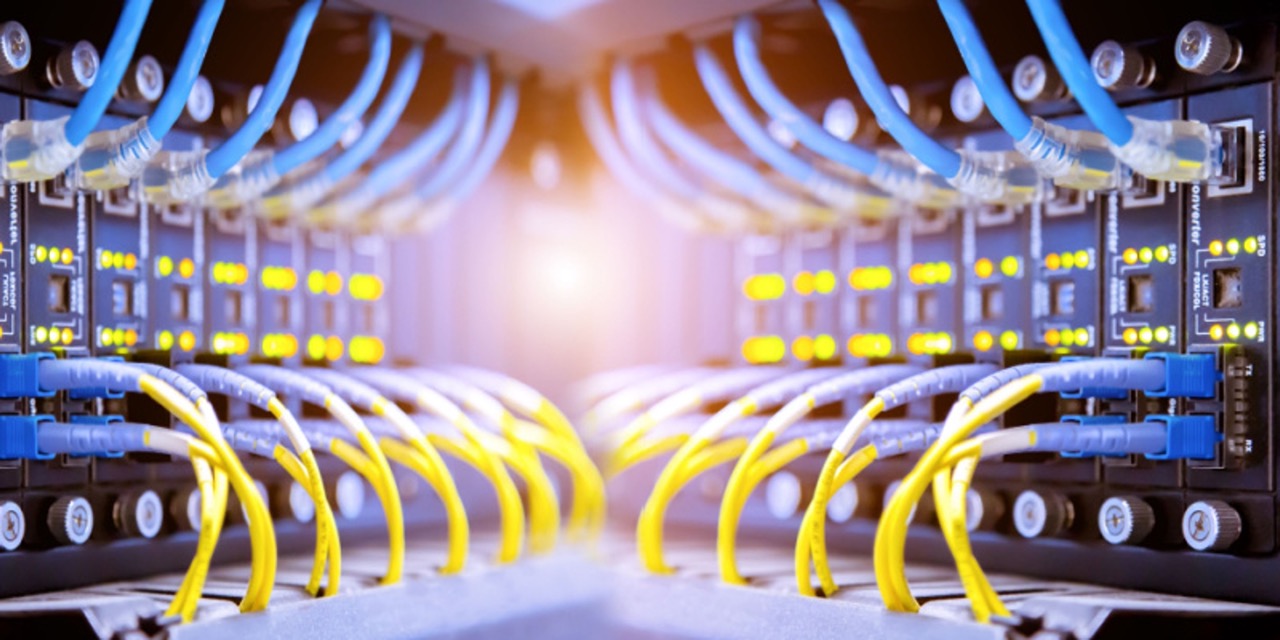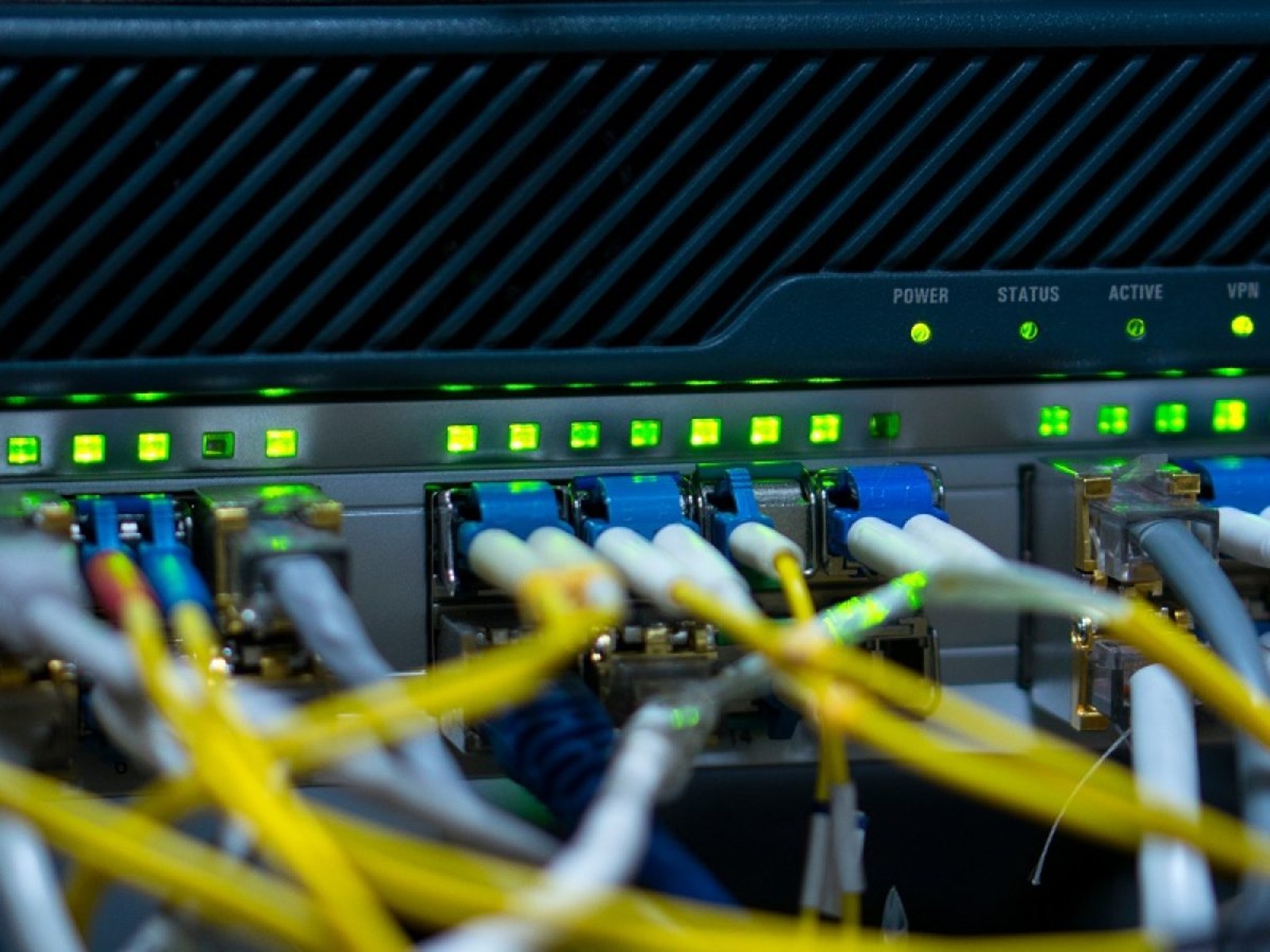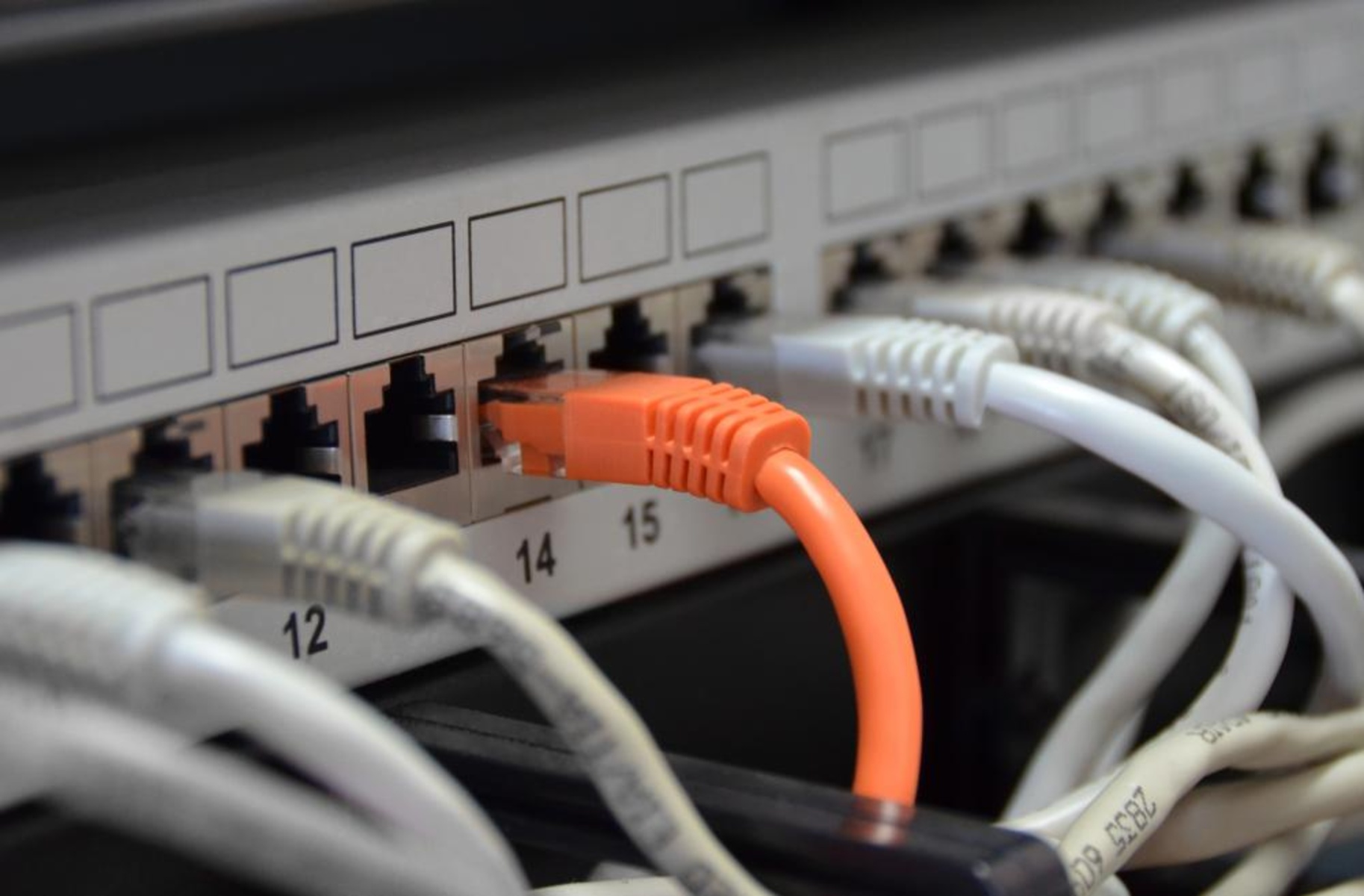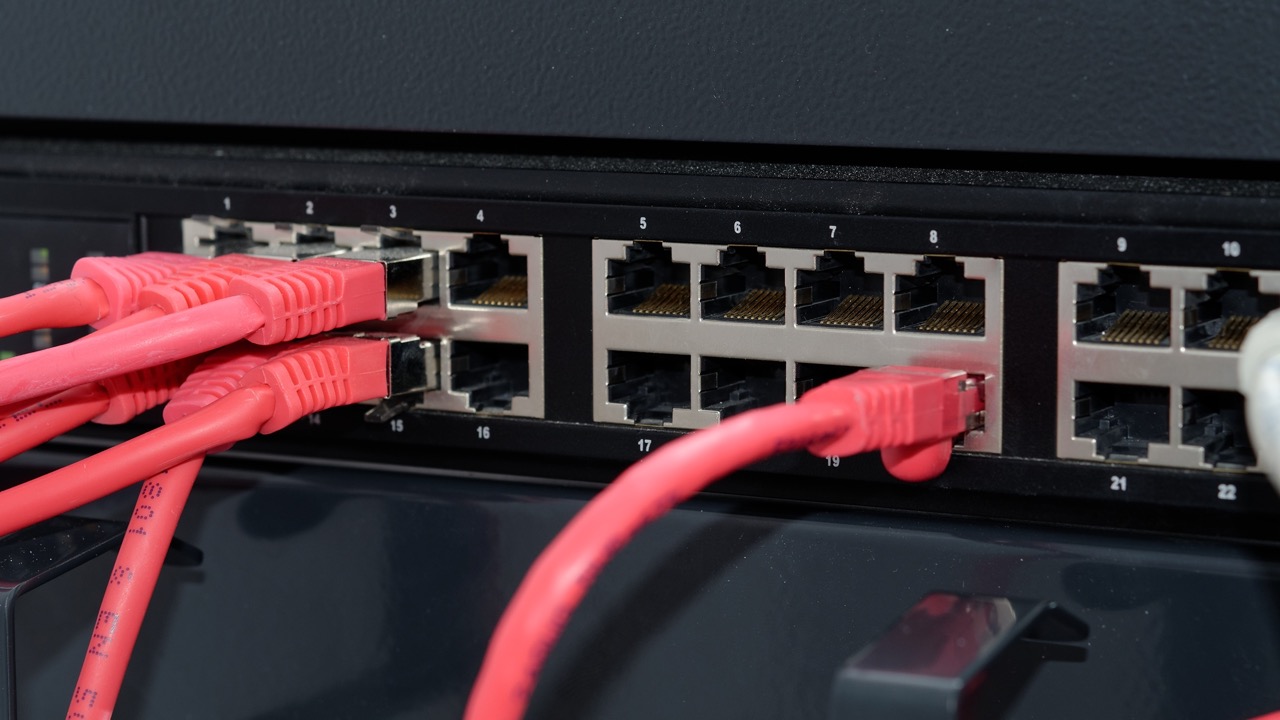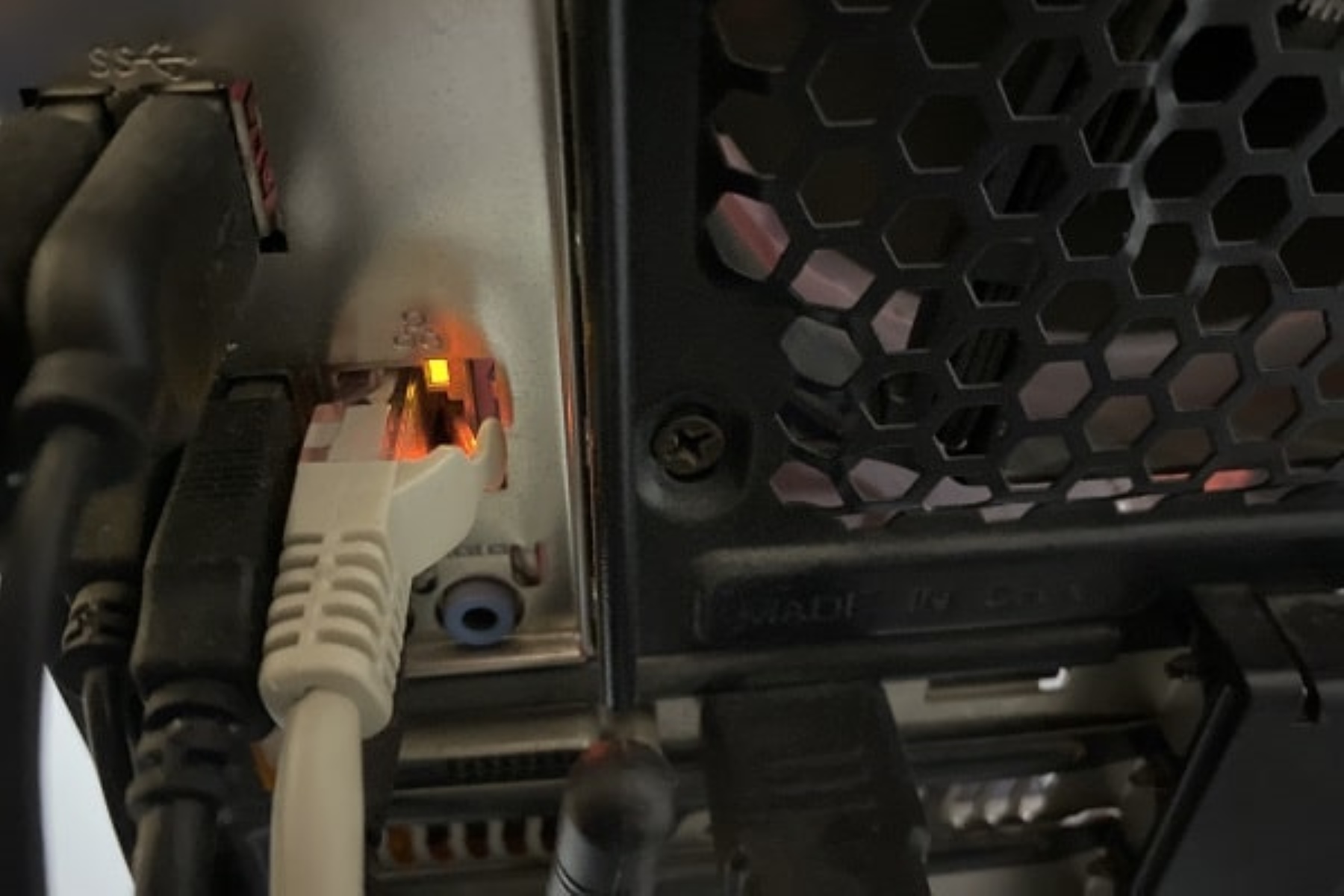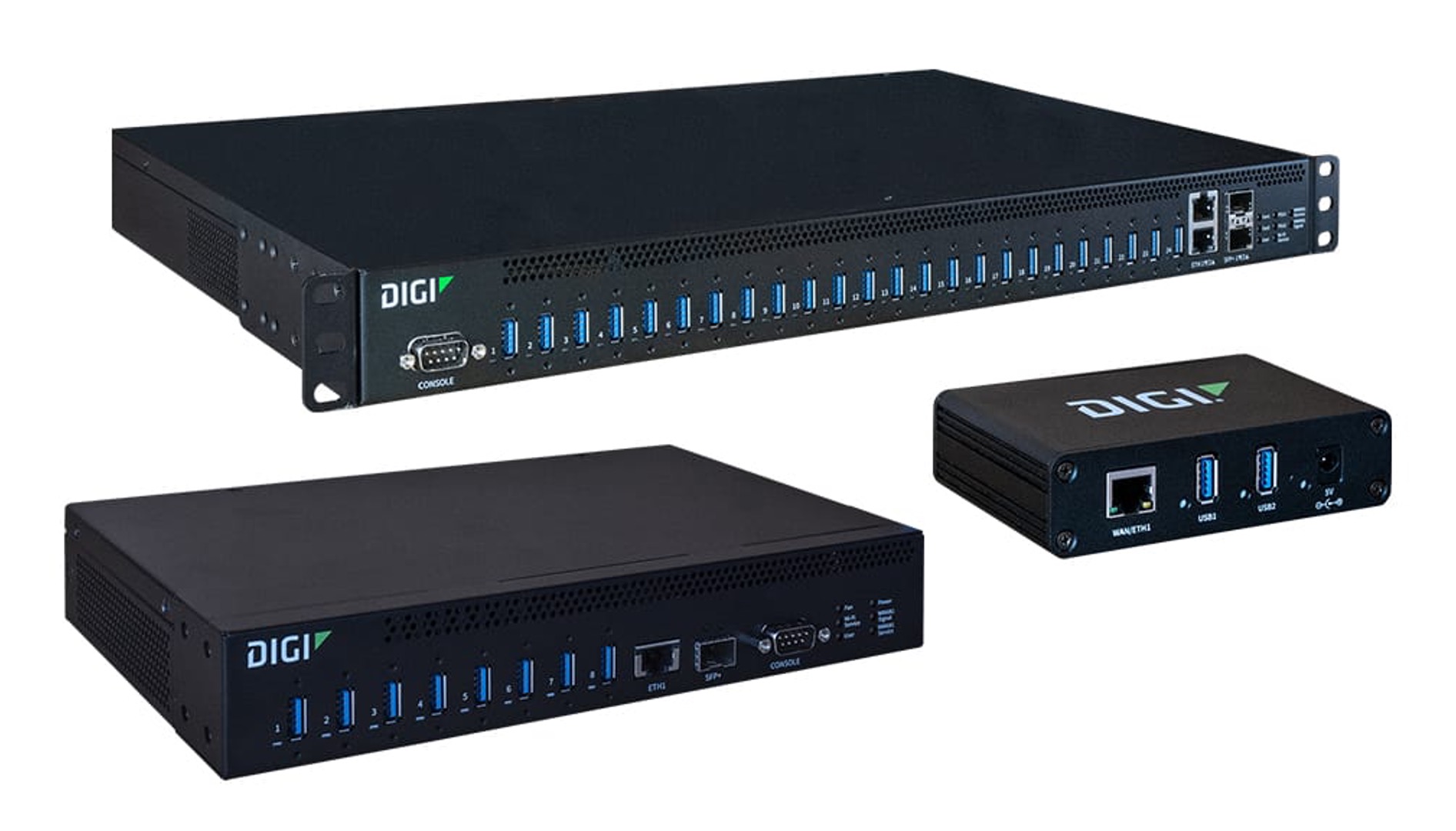Introduction
When it comes to maintaining a stable and reliable network infrastructure, one of the critical components is the network switch. This pivotal device serves as a central point for connecting various devices within a network, facilitating seamless data transmission and communication. However, despite their essential role, network switches are susceptible to a range of potential issues that can lead to failures. Understanding the underlying causes of network switch failures is crucial for network administrators and IT professionals in preempting and addressing these challenges effectively.
Network switch failures can stem from a variety of factors, including overheating, power surges, hardware and software issues, network congestion, and environmental factors. Each of these elements plays a distinct role in compromising the functionality and stability of network switches, necessitating proactive measures to mitigate their impact.
In this comprehensive guide, we will delve into the intricacies of network switch failures, exploring the root causes behind these disruptions and the potential strategies for preventing and resolving them. By gaining a deeper understanding of these issues, network administrators can bolster the resilience of their network infrastructure, ensuring seamless connectivity and optimal performance for all connected devices. Let's embark on this insightful journey to unravel the mysteries of network switch failures and equip ourselves with the knowledge to safeguard our networks against these potential pitfalls.
Overheating
One of the primary culprits behind network switch failures is overheating. As network switches continuously process and transmit data, they generate a significant amount of heat, especially in high-traffic environments. Prolonged exposure to elevated temperatures can impede the proper functioning of the switch, leading to performance degradation and, in severe cases, complete failure.
Several factors can contribute to the overheating of network switches. Inadequate ventilation and poor airflow within network equipment cabinets can exacerbate heat buildup, especially in confined spaces or data center environments with suboptimal cooling systems. Additionally, the accumulation of dust and debris on switch vents and fans can impede heat dissipation, further elevating the risk of overheating.
To mitigate the risk of overheating, network administrators can implement various proactive measures. Ensuring proper ventilation and airflow around network switches, either through strategic placement or the use of specialized cooling solutions, can help dissipate heat effectively. Regular maintenance, including cleaning switch vents and fans to remove dust and debris, is crucial for preventing heat-related issues.
Furthermore, investing in temperature monitoring and alert systems can provide early warnings of rising temperatures within network equipment, allowing administrators to take prompt action to prevent overheating-related failures. By addressing the overheating issue proactively, organizations can safeguard their network switches against potential malfunctions and ensure uninterrupted network operations.
Power Surges
Power surges pose a significant threat to the stability and longevity of network switches. These sudden spikes in electrical voltage can wreak havoc on sensitive electronic components, including those found within network infrastructure. Power surges can result from various sources, such as lightning strikes, utility grid fluctuations, or internal electrical system issues, and their impact can range from transient glitches to irreversible damage.
Network switches are particularly vulnerable to power surges due to their intricate circuitry and reliance on consistent power delivery. Without adequate protection mechanisms in place, power surges can lead to the degradation of switch components, data corruption, or complete hardware failure.
To safeguard network switches from the detrimental effects of power surges, the implementation of robust surge protection devices is paramount. Surge protectors, uninterruptible power supplies (UPS), and transient voltage suppressors can serve as vital defense mechanisms, intercepting and diverting excess voltage away from the network infrastructure. These protective measures not only shield the switches from immediate damage but also contribute to the overall resilience of the network in the face of unpredictable power fluctuations.
Furthermore, regular assessments of the electrical infrastructure and the implementation of grounding and bonding practices can help mitigate the risk of power surges. By fortifying the network against these electrical disturbances, organizations can uphold the integrity of their network switches and avert potential downtime and data loss resulting from power-related incidents.
Hardware Failure
Hardware failure represents a pervasive threat to the operational stability of network switches. The intricate components and circuitry within switches are susceptible to a range of malfunctions, encompassing both gradual degradation and sudden catastrophic breakdowns. Common hardware issues include the failure of power supplies, fan malfunctions, degradation of internal components, and physical damage due to mishandling or environmental factors.
Power supply failures can disrupt the consistent delivery of power to the switch, leading to operational instability or complete shutdown. Similarly, malfunctioning fans can impede proper heat dissipation, exacerbating the risk of overheating and subsequent hardware damage. Over time, internal components such as capacitors and integrated circuits may deteriorate, compromising the switch’s performance and reliability.
Physical damage, whether from mishandling during maintenance or exposure to environmental hazards, can also precipitate hardware failures. Impact damage, exposure to moisture or extreme temperatures, and electrical overstress can all contribute to the degradation of switch components, potentially resulting in critical malfunctions.
Proactive maintenance and monitoring are essential for mitigating the risk of hardware failures. Regular inspections, including visual assessments and diagnostic tests, can aid in identifying early signs of hardware degradation or impending malfunctions. Additionally, adhering to proper handling and environmental guidelines, such as maintaining optimal operating temperatures and humidity levels, can help preserve the integrity of network switch hardware.
Furthermore, organizations can leverage redundancy and failover mechanisms to minimize the impact of potential hardware failures. Implementing redundant power supplies, fans, and network paths can bolster the resilience of the network infrastructure, ensuring continuity of operations even in the event of hardware malfunctions.
By addressing hardware failure proactively and instituting robust maintenance practices, organizations can fortify their network switches against potential malfunctions, enhancing the overall reliability and longevity of their network infrastructure.
Software Bugs
Software bugs present a pervasive challenge in the realm of network switch management, capable of causing disruptions and compromising the overall stability of the network infrastructure. These bugs, often stemming from coding errors, interoperability issues, or unforeseen system interactions, can manifest in various forms, ranging from minor glitches to critical vulnerabilities.
Network switches rely on firmware and operating systems to govern their functionality and behavior. In the presence of software bugs, these essential components may exhibit erratic behavior, experience performance degradation, or succumb to unexpected crashes, jeopardizing the seamless operation of the network.
Furthermore, software bugs can render switches susceptible to security vulnerabilities, potentially exposing the network to exploitation by malicious entities. Vulnerabilities such as unauthorized access, denial-of-service exploits, or data interception can arise from unaddressed software bugs, posing significant risks to the confidentiality, integrity, and availability of network resources.
To mitigate the impact of software bugs, proactive measures must be taken. This includes regularly updating and patching the firmware and operating systems of network switches to address known vulnerabilities and rectify software bugs identified through vendor advisories or internal testing. Additionally, thorough testing of firmware updates and patches in a controlled environment can help identify and address potential interoperability issues before deployment in the production network.
Implementing network segmentation and access controls can also limit the potential impact of software bugs, confining their reach and minimizing the scope of potential disruptions. By segmenting the network into distinct zones and enforcing granular access policies, organizations can contain the fallout of software bugs and prevent their propagation across the entire network.
Moreover, fostering open communication channels with switch vendors and staying abreast of software bug disclosures and security advisories can empower network administrators to proactively address potential vulnerabilities and fortify the resilience of their network infrastructure against software-related disruptions.
Network Congestion
Network congestion, stemming from an imbalance between the volume of data being transmitted and the available network bandwidth, can significantly impede the performance and reliability of network switches. When network traffic surpasses the capacity of the network infrastructure, congestion ensues, leading to delays in data transmission, packet loss, and degraded service quality.
Network switches play a pivotal role in managing and directing data traffic within a network. In the face of congestion, switches may struggle to efficiently process and forward data packets, resulting in bottlenecks and performance degradation across the network. This can manifest as increased latency, reduced throughput, and diminished responsiveness of network-connected devices.
Several factors can contribute to network congestion, including the proliferation of data-intensive applications, inadequate network capacity, and inefficient traffic management. The rise of bandwidth-hungry services, such as high-definition video streaming and real-time communication platforms, can strain network resources, exacerbating congestion issues.
To address network congestion, network administrators can employ various strategies to optimize network performance and alleviate the impact of excessive traffic. Implementing Quality of Service (QoS) mechanisms within network switches can prioritize critical data streams, ensuring that essential applications receive preferential treatment during periods of congestion.
Furthermore, network capacity planning and expansion can mitigate congestion by accommodating the growing demands of network traffic. By assessing current traffic patterns and projecting future requirements, organizations can proactively scale their network infrastructure to preempt congestion issues.
Additionally, leveraging advanced traffic management and load balancing features within network switches can help distribute traffic more evenly across the network, preventing the saturation of individual network segments and mitigating the risk of congestion-related performance degradation.
By addressing network congestion through proactive capacity planning, traffic management, and prioritization mechanisms, organizations can optimize the performance and reliability of their network switches, ensuring seamless data transmission and connectivity for all network users.
Environmental Factors
Environmental factors play a significant role in influencing the operational resilience and longevity of network switches. The conditions in which switches are deployed can have a profound impact on their performance, reliability, and susceptibility to failures. Common environmental factors that can compromise the functionality of network switches include temperature fluctuations, humidity levels, airborne contaminants, and physical vibrations.
Temperature fluctuations can exert a detrimental effect on network switches, especially when deployed in environments subject to wide variations in ambient temperature. Exposure to extreme heat or cold can compromise the integrity of switch components, leading to performance degradation or outright failure. Similarly, high humidity levels can contribute to corrosion and moisture-induced damage within switches, particularly in uncontrolled or outdoor deployment scenarios.
Airborne contaminants, such as dust, pollen, and particulate matter, pose a significant risk to the proper functioning of network switches. These contaminants can infiltrate switch enclosures and accumulate on internal components, impeding heat dissipation and potentially causing electrical shorts or component malfunctions.
Physical vibrations, whether originating from nearby machinery, vehicular traffic, or structural instability, can also impact the reliability of network switches. Vibrations can loosen internal connections, dislodge components, and compromise the structural integrity of switches, leading to operational disturbances and potential hardware failures.
To mitigate the impact of environmental factors, meticulous attention to deployment and maintenance practices is essential. Deploying network switches in environmentally controlled enclosures or data center facilities can shield them from the adverse effects of temperature, humidity, and airborne contaminants. Additionally, implementing vibration-dampening measures and securing switches in stable, vibration-resistant mounts can safeguard them from the detrimental impact of physical oscillations.
Regular cleaning and maintenance of switch enclosures, including the removal of dust and debris, can mitigate the risk of contamination-related issues. Furthermore, conducting periodic environmental assessments and implementing monitoring systems to track temperature, humidity, and vibration levels can provide early warnings of potential environmental hazards, enabling proactive intervention to safeguard network switches.
By addressing environmental factors through meticulous deployment practices and proactive maintenance, organizations can fortify the resilience of their network switches, ensuring consistent performance and longevity in diverse operational environments.
Conclusion
Network switch failures can stem from a myriad of factors, ranging from environmental influences to hardware and software vulnerabilities. Understanding and addressing these underlying causes is imperative for safeguarding the stability and reliability of network infrastructure.
Overheating poses a significant risk to network switches, necessitating proactive measures such as proper ventilation, cooling solutions, and temperature monitoring to mitigate its impact. Power surges, stemming from electrical disturbances, highlight the importance of robust surge protection and electrical infrastructure fortification to shield switches from potential damage.
Hardware failures, encompassing power supply issues, fan malfunctions, and physical damage, underscore the significance of proactive maintenance, redundancy, and failover mechanisms to bolster the resilience of network switches. Software bugs, capable of disrupting switch functionality and introducing security vulnerabilities, necessitate rigorous patching, testing, and network segmentation to mitigate their impact.
Network congestion, arising from the imbalance between data volume and available bandwidth, underscores the importance of capacity planning, traffic management, and Quality of Service (QoS) mechanisms to optimize switch performance. Environmental factors, including temperature fluctuations, humidity levels, airborne contaminants, and physical vibrations, emphasize the need for meticulous deployment practices, environmental monitoring, and maintenance to safeguard switches from environmental hazards.
By comprehensively addressing these factors, network administrators and IT professionals can fortify their network switches against potential failures, ensuring uninterrupted connectivity and optimal performance for all connected devices. Proactive maintenance, robust infrastructure fortification, and strategic planning are indispensable in mitigating the risks posed by these factors, enabling organizations to maintain resilient and reliable network infrastructure.
As the technological landscape continues to evolve, the proactive identification and mitigation of network switch failure causes will remain a critical endeavor, ensuring the seamless operation of network infrastructure in the face of diverse operational challenges. By embracing a holistic approach to network switch management, organizations can navigate the complexities of network infrastructure and cultivate a resilient, high-performance networking environment.







